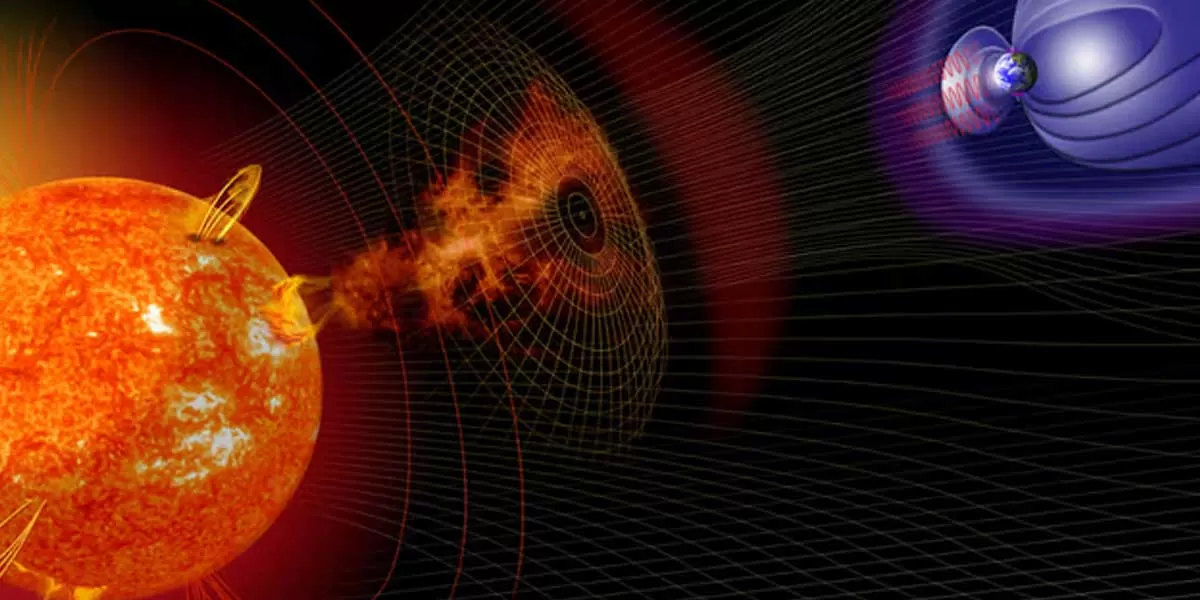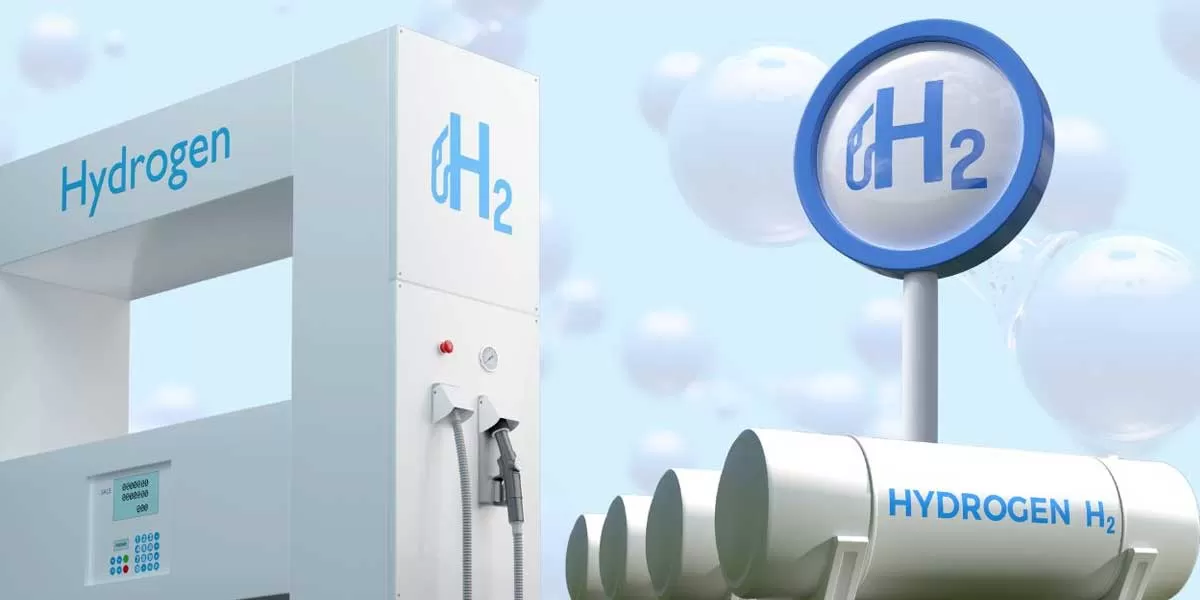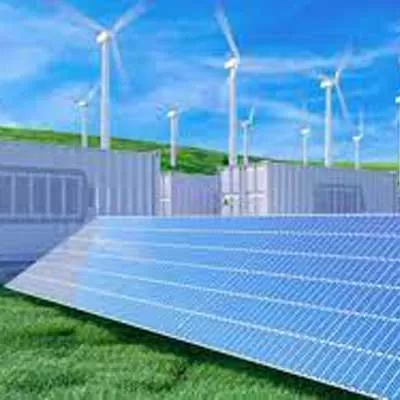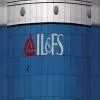AT&C losses down, billing efficiency up: power sector on the Rise

Impending Solar Storm Threatens Earth
The global scientific community is abuzz with the news of an impending severe geomagnetic storm predicted to hit Earth late Friday night, on May 10. A series of solar flares and coronal mass ejections (CMEs) that began on May 8 are expected to trigger northern auroras and possibly disrupt satellite communications, electric power grid, and even trigger GPS problems.
Astronomers around the world pointed their telescopes at the sun on Friday, marveling at the abnormally large sunspots ever seen on the surface of the local star. The unusual solar activity gave rise to many theories and spe..

EVs and Green Hydrogen for India's Net Zero
Experts predict that electric vehicles (EVs) and green hydrogen will play pivotal roles in India's journey towards achieving its net-zero emissions target by 2070. Embracing these sustainable technologies is seen as essential for India to address climate change and reduce its carbon footprint significantly.
The shift towards EVs and green hydrogen is expected to revolutionise India's transportation and energy sectors, promoting cleaner and more sustainable alternatives to traditional fossil fuels. EVs offer a clean mobility solution, reducing air pollution and dependence on fossil fuel..

78 MW wind-solar hybrid power project tender issues by HPCL
HPCL Renewables and Green Energy, a sub-unit of Hindustan Petroleum Corporation (HPCL), issued a proposal for a 78 MW wind-solar hybrid power project for engineering, procurement, and construction (EPC). The comprehensive operation and maintenance (O&M) will be done by the contractor for the stipulated 10 years. It is anticipated that the hybrid project would offer its Mumbai refinery continuous electricity to produce at least 50% green energy at 686 MU. The refinery's contracted load is 90 MW. By 2040, HPCL Renewables & Green Energy wants to have zero net carbon emissions and switch to renewa..














